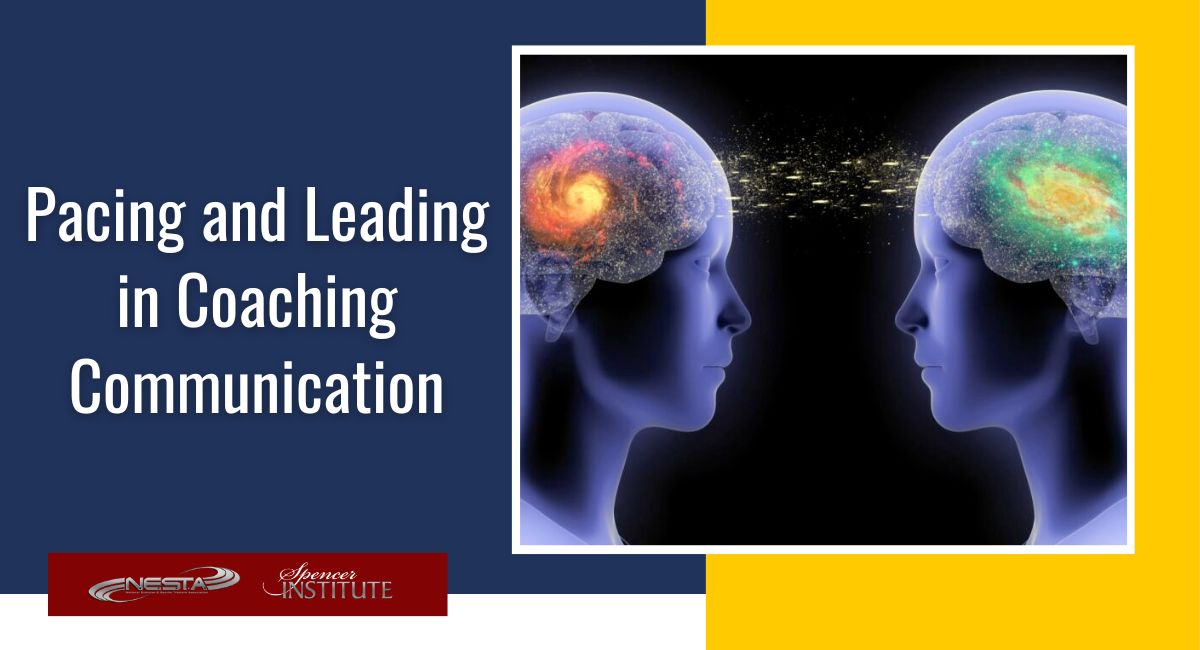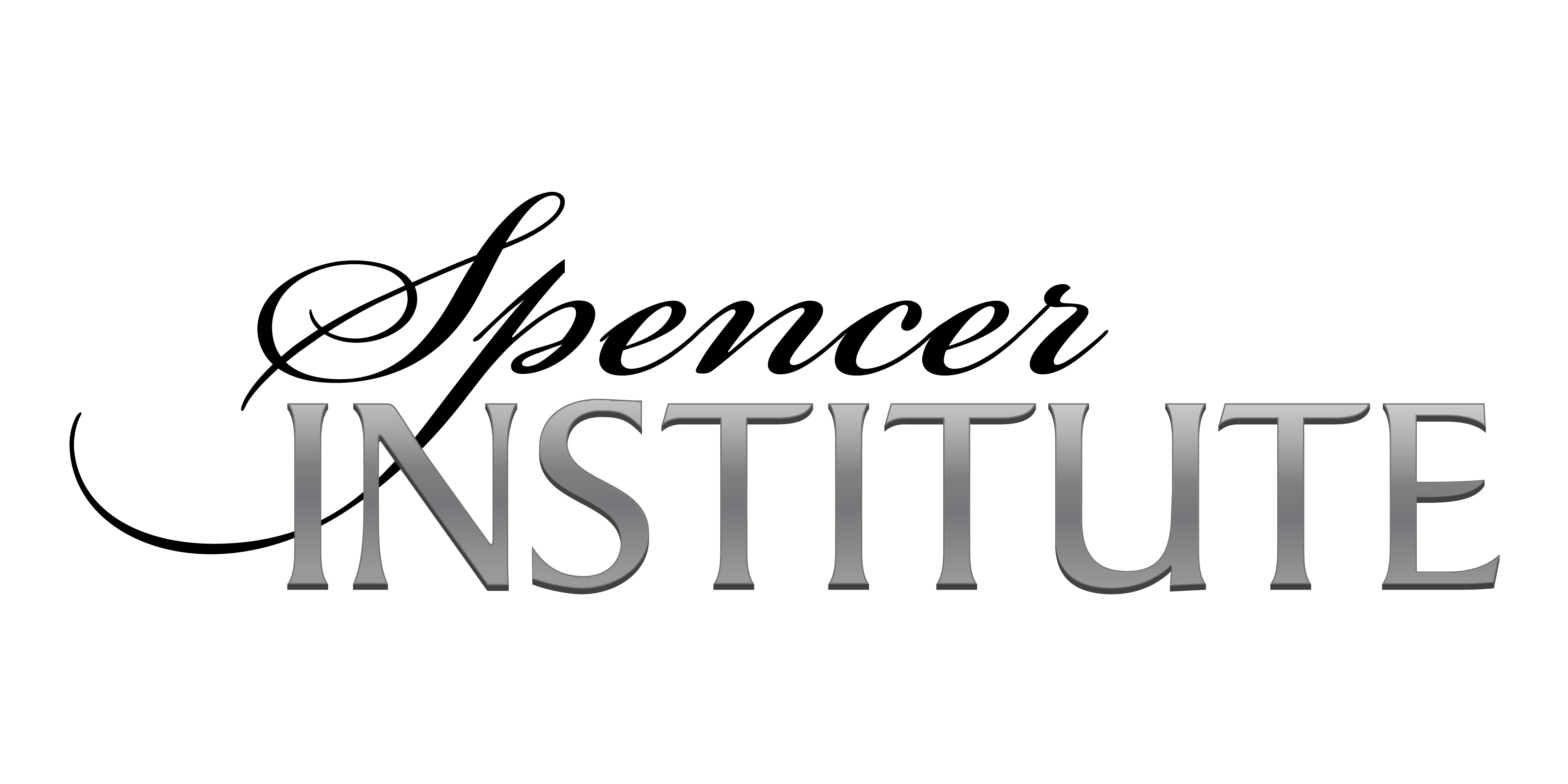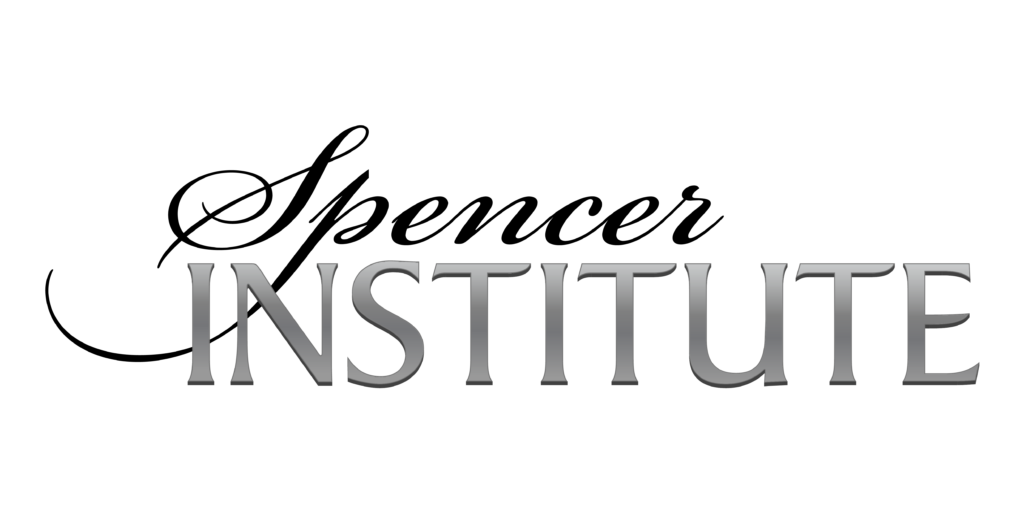 What is Pacing and Leading?
What is Pacing and Leading?
Pacing and leading is the concept of aligning and establishing rapport, then leading the interaction in a more useful direction or towards a particular goal. We do this by using the skills of mirroring/matching, aligning with breathing and rhythm, using our listening skills for honoring another person’s experience of reality, then leading the conversation and interaction to the intended outcome using our precise language skills.
Coaching Exercise for Pacing and Leading: Pacing Objections
Purpose: To practice using all of the rapport skills you have gathered so far to influence a conversation is a positive way. To get away from limiting patterns of the past and try new ways of convincing through more respectful filters.
Here is more information on overcoming coaching client objections.
Find a friend and coach them to role-play having resistance to the proposal you are going to make.
Example:
Practice #1:
Make the proposal – friend objects – continue to propose using less than effective style.
Proposal: “Let’s go see a movie tonight.”
Objection: “Nah, I’m too tired.”
Continue to re-propose with begging, whining, reiterating behavior:
“Oh, Come on, let’s go anyway. It’ll be OK. I really need you to go with me. Please, please.”
Notice the response and result.
Practice #2:
Make proposal again – same objection from friend – Pace, validate, rapport awareness with matching/mirroring, explore possible positive intentions until you notice a shift in partner, then lead using the information you have gathered.
Proposal: Same
Objection: Same
Pace with validation, rapport, and exploring options.
“So you’re feeling tired and going to a film might seem like an effort after the day you’ve had? You’re right, it will involve some planning and driving, and sometimes when I’m tired, a movie can be refreshing, a nice change of pace – a totally undemanding experience. I’ll just sit back and be entertained. Sometimes I leave with more energy that I came with. Of course, I want you to take care of yourself, and I hope you’ll enjoy going with me. What do you think?”
Notice the response and result. Even if the answer is still a no, the interaction will be a more positive and respectful experience.
Pacing and leading is also a measure of our rapport. When there is rapport, the other person will naturally follow your lead.
When working with someone you want to influence, once you have matched their behavior, you can test for rapport by leading (gradually changing your behavior) and noticing if they follow you. It’s important to notice when it’s time for the lead, particularly when bringing someone out of a negative state or experience. You may only have to pace for three to five seconds to get the lead to a more positive interaction.
Another way to think of Pacing and Leading is “Yes, and…” In other words, the “Yes” acknowledges the person and their map of reality, repeat back what you heard them say for clarity and understanding using their words, this lets them feel that you are listening. Then you can give your information, opinion, following the “and…” What so often happens is that we jump in with a solution, advice, or how to fix-it, without letting the other person feel heard or validated, and without gathering enough information to know what is the real challenge.
Predicates
Another system in which to pace and lead are the actual words a person uses to describe their thinking style.
Feedback
Another form of Pacing and Leading is being able to give effective feedback while maintaining rapport. As a coach, manager, teacher or parent – we often have to let someone know what doesn’t work, how to be more successful, and to set boundaries.
- One important element is for the coach to maintain their appropriate state of being for the situation.
- Have a clear goal in mind for the interaction or result.
- Give sensory-based feedback for clarity on what the challenge is and on what the intended results are at a behavioral level. (No attacking the person with judgmental language!)
- Anytime the coach can demonstrate behaviorally what is wanted, this is most effective.
- Give feedback in all sensory systems.
- Keep breathing!
Coaching Practice
- Set up situations where you can give some behavioral feedback to move a person from the present state to the desired state.
Want more on this topic? Click over to learn more about our related professional training courses: Life Strategies Coaching Certification and the Results Coaching Certification.










